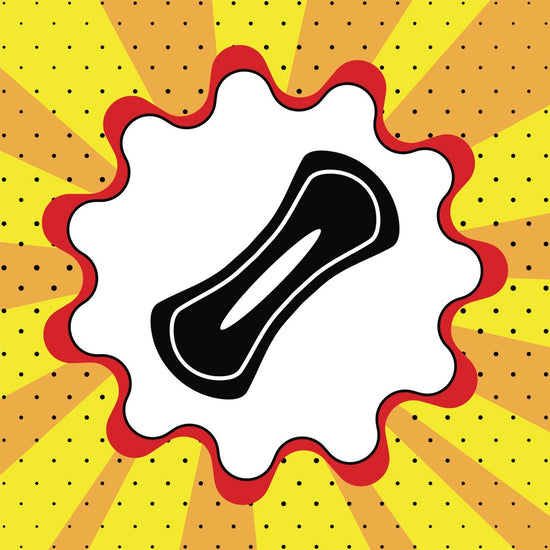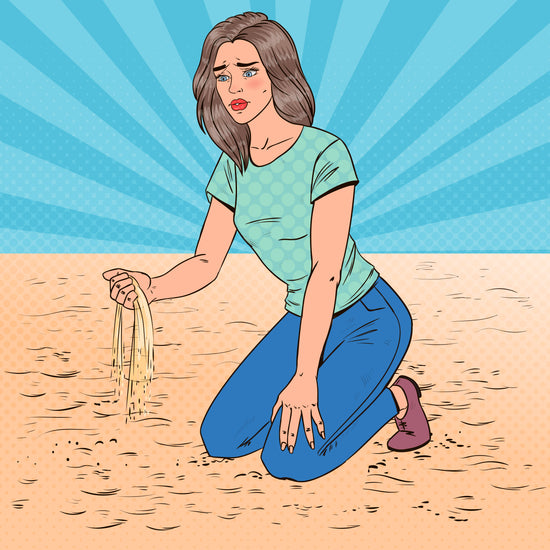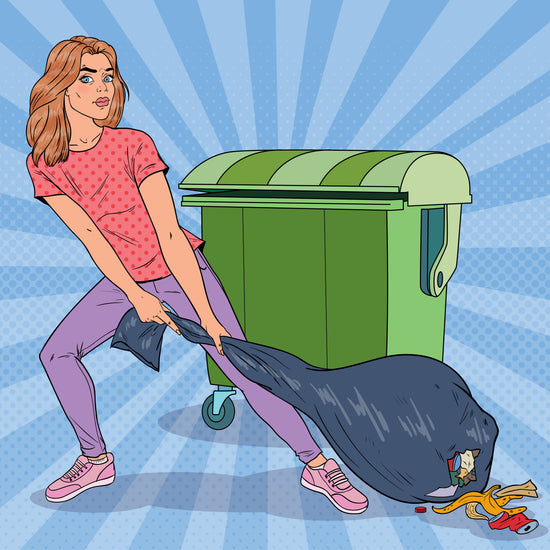Still unsure? Here are some great reasons to make the switch today.
-

Single use disposable pads can be made of up to 90% plastic. Including all the adhesives, packing, backing strips etc, each pad is equivalent to around four plastic bags. Tampons have plastic in the string, come wrapped in plastic and many come with a plastic applicator.
-

According to WEN UK (Womens Environmental Network) almost 9% of the collected beach litter washed up on our shores in 2020 was SRD - Sewage Related Debris and 10% of this litter was composed of period pads, liners, and backing strips, tampons and applicators.
-

The average women uses 11,000 period products over an average life time. That means every year 200,000 tonnes of single use period products such as tampons, pads and applicators end up in landfill in the UK. The plastics in these products can take over 500 years to decompose.
-

Did you know that you shouldn't flush tampons, pads or liners? According to WEN UK it has been estimated that of the 4.3 billion menstrual products used each year in the UK between 1.5-2 billion are flushed causing blockages and polluted waterways.




